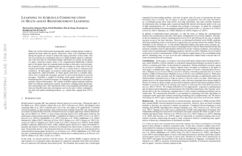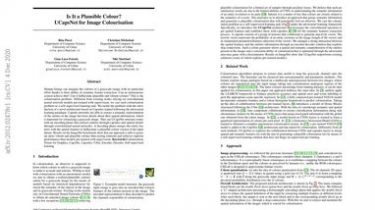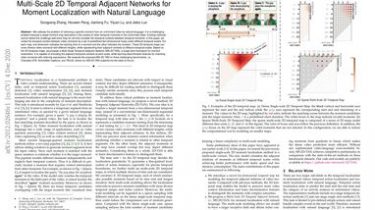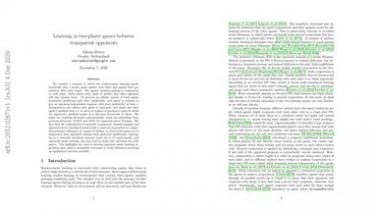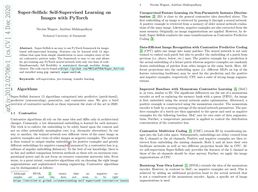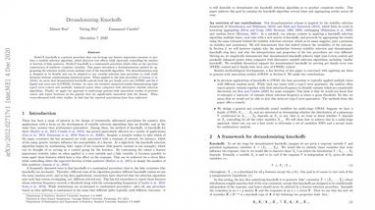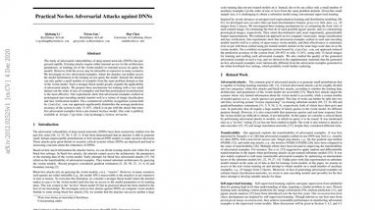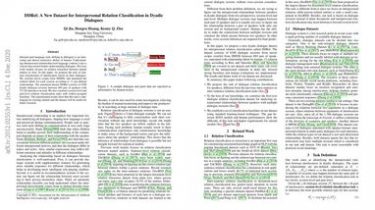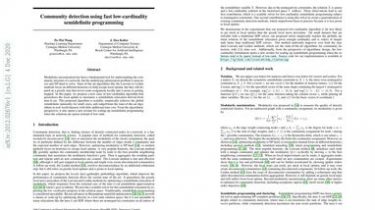Probabilistic Latent Factor Model for Collaborative Filtering with Bayesian Inference
Latent Factor Model (LFM) is one of the most successful methods for Collaborative filtering (CF) in the recommendation system, in which both users and items are projected into a joint latent factor space. Base on matrix factorization applied usually in pattern recognition, LFM models user-item interactions as inner products of factor vectors of user and item in that space and can be efficiently solved by least square methods with optimal estimation… However, such optimal estimation methods are prone to overfitting […]
Read more
